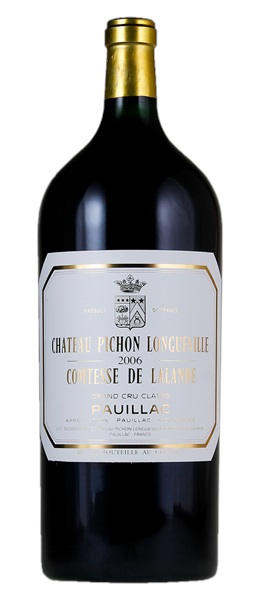Estimate

Abundant aromas of chocolate, coffee, cedar, black currants, and a subtle touch of smoke, a rich, savory, full-bodied mouthfeel, plump, fleshy fruit, and a superb finish.
Aromas of black raspberry, dark chocolate, cedar, licorice and mint. Rich, lush and sweet, with noteworthy depth to the flavors of dark fruits, smoke and chocolate. Wonderfully broad and tactile in the middle palate. Finishes with sweet...
Displays currant and blackberry, with hints of licorice. Full-bodied, with round, chewy tannins and lots of fruit under the structure.
Very well-managed tannins with some real class and appeal and succulence encased in some pretty impressive and assertive tannins.